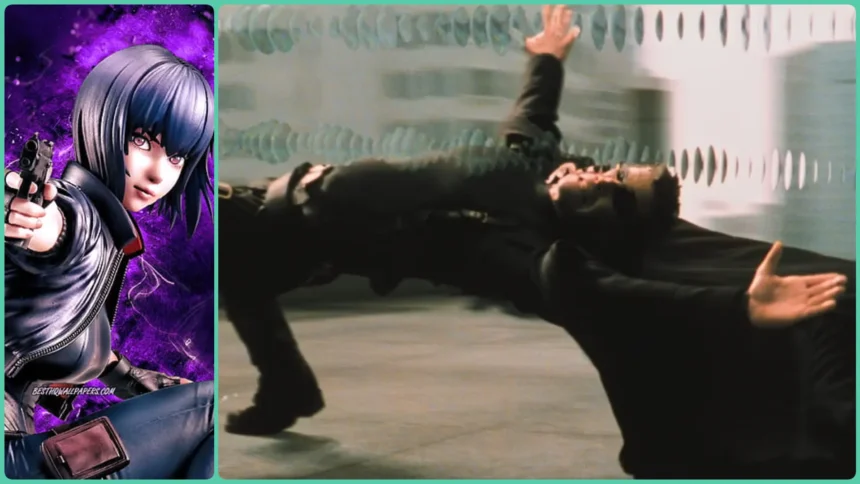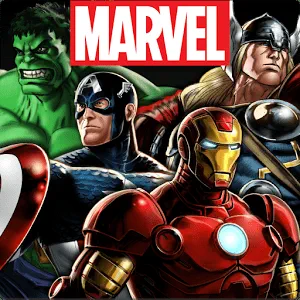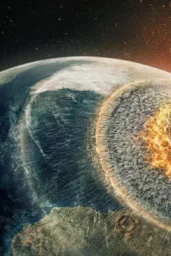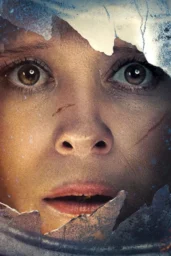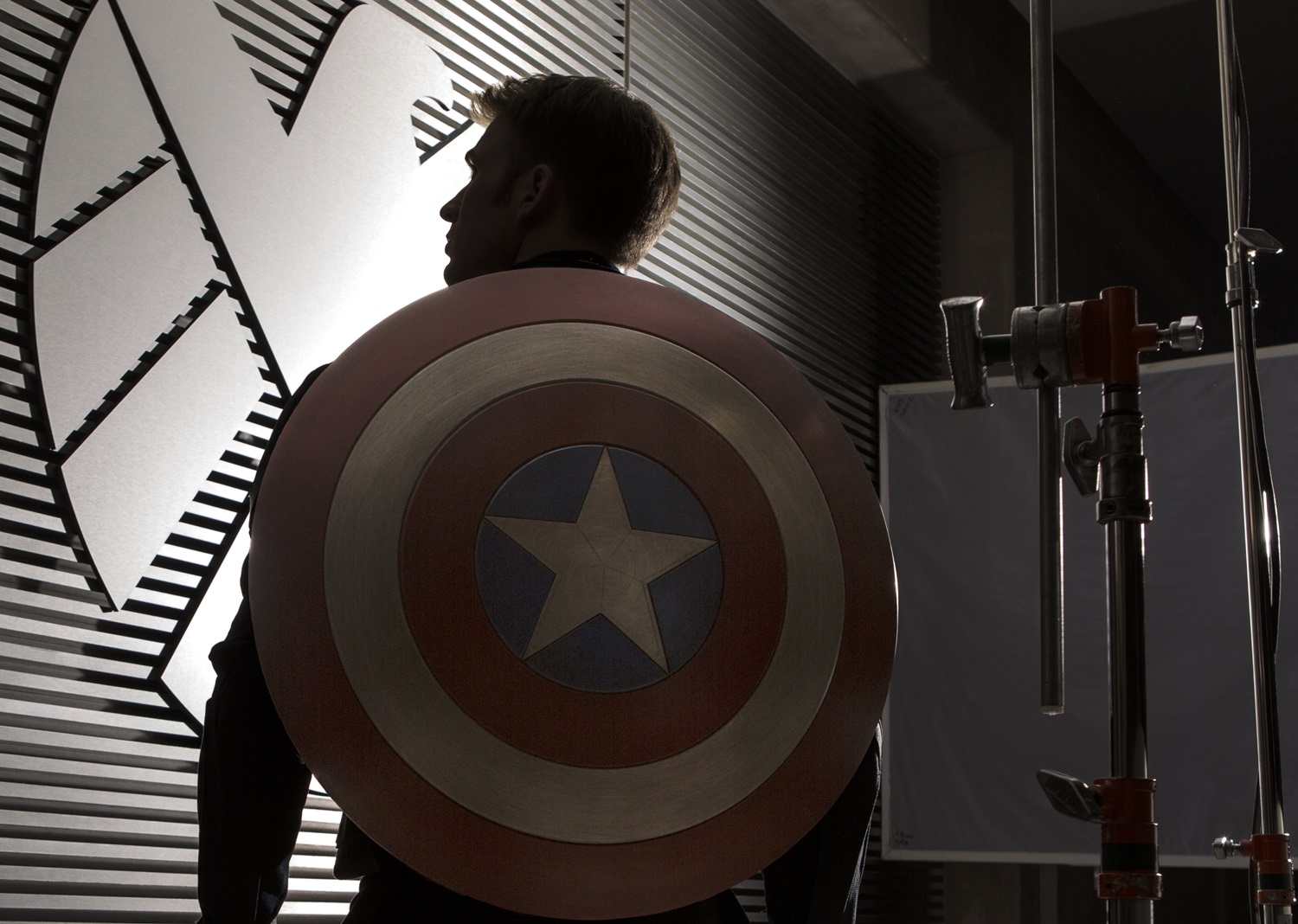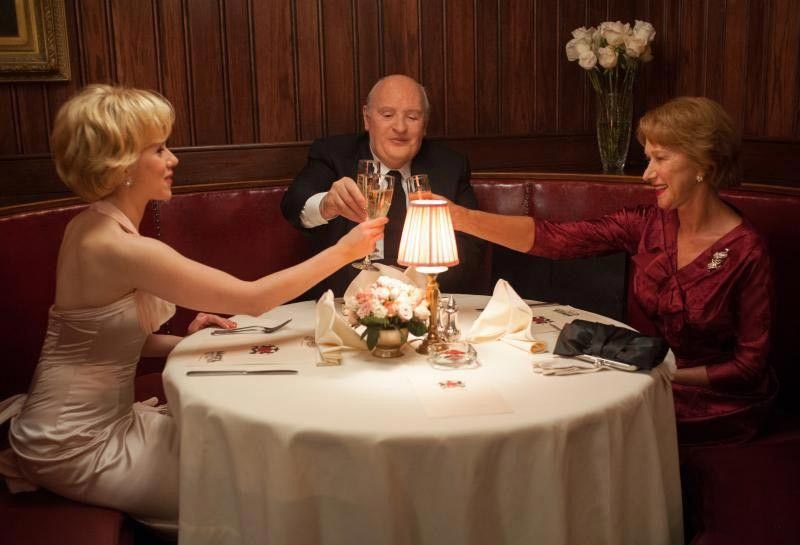There’s a moment in Ghost in the Shell — not the gunfights, not the rain-slick streets, but a quiet drift through a neon-lit city — that’s lodged in my brain since 1995. It doesn’t push the plot forward. It breathes. You watch crowds blur, signs flicker, boats drift under skeletal bridges. No exposition, just the hum of a living, digital organism. Four years later, The Matrix hit theaters on March 31, 1999, and audiences felt like they were seeing cyberpunk for the first time. But they weren’t. They were catching up.
Mamoru Oshii’s anime, released in Japan on November 18, 1995, had already mapped the terrain: identity splintered by technology, consciousness uploaded and overwritten, bodies as replaceable hardware. The Wachowskis have never been shy about their debt — they reportedly screened Ghost in the Shell for studio execs when pitching The Matrix. And yet, the cultural narrative crowned The Matrix as the original.
The overlap is impossible to ignore: the cascading green “digital rain,” the wire-fu gunfights, the sensation of peeling back a false reality. But where The Matrix builds a tightly wound hero’s journey, Ghost in the Shell lets its themes sprawl like network tendrils. Major Motoko Kusanagi isn’t the chosen one — she’s a question mark. A cyborg with a human ghost, she spends more time doubting the edges of her own mind than gunning down agents.
The film’s 83-minute runtime is a masterclass in economy. You get blistering action — that insectoid tank showdown, the foot chase through an alley where water turns invisible bodies into shimmering outlines — but also long, meditative stretches. Oshii trusts the audience to sit with ambiguity. Gorgeous. Grating. Gorgeous again.
When Hollywood circled back with the live-action Ghost in the Shell on March 31, 2017, starring Scarlett Johansson, it felt… off. Not unwatchable — some sequences are beautiful — but the philosophical weight was trimmed into generic beats. It’s the difference between sipping black coffee and drinking a caramel latte. Both have caffeine; only one leaves you haunted hours later.
The thing is, The Matrix didn’t erase Ghost in the Shell. It amplified it. Every time Keanu dodged bullets in bullet-time, a new viewer somewhere discovered Oshii’s original. The anime remains unblemished, still whispering its warnings about the fragility of identity in an age where memories can be hacked.
And maybe that’s why I keep returning to it. Not for the nostalgia, not even for the craft, but for the way it leaves me unsettled. It’s not telling me to fight the system. It’s asking if there’s even a “me” left to fight.
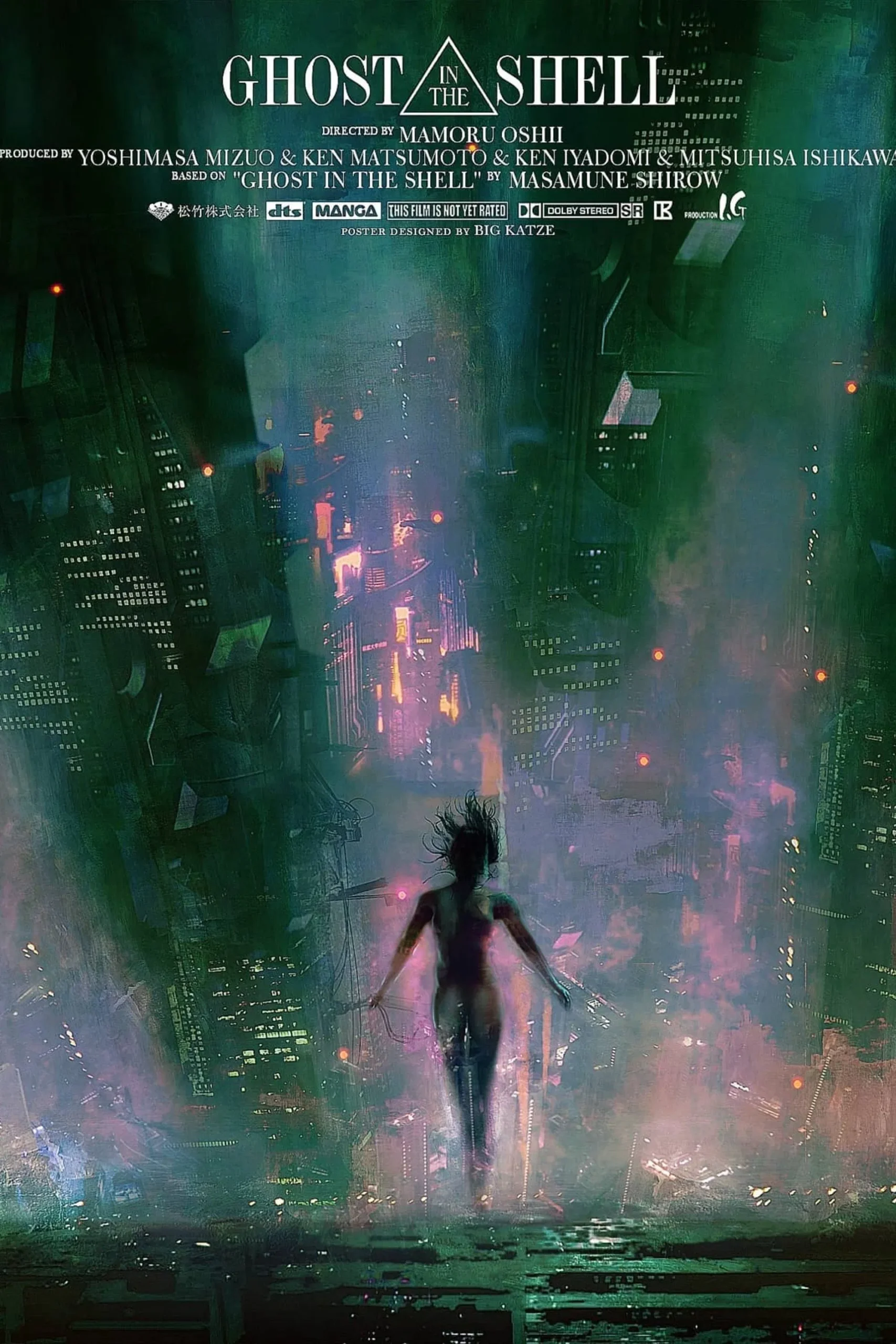
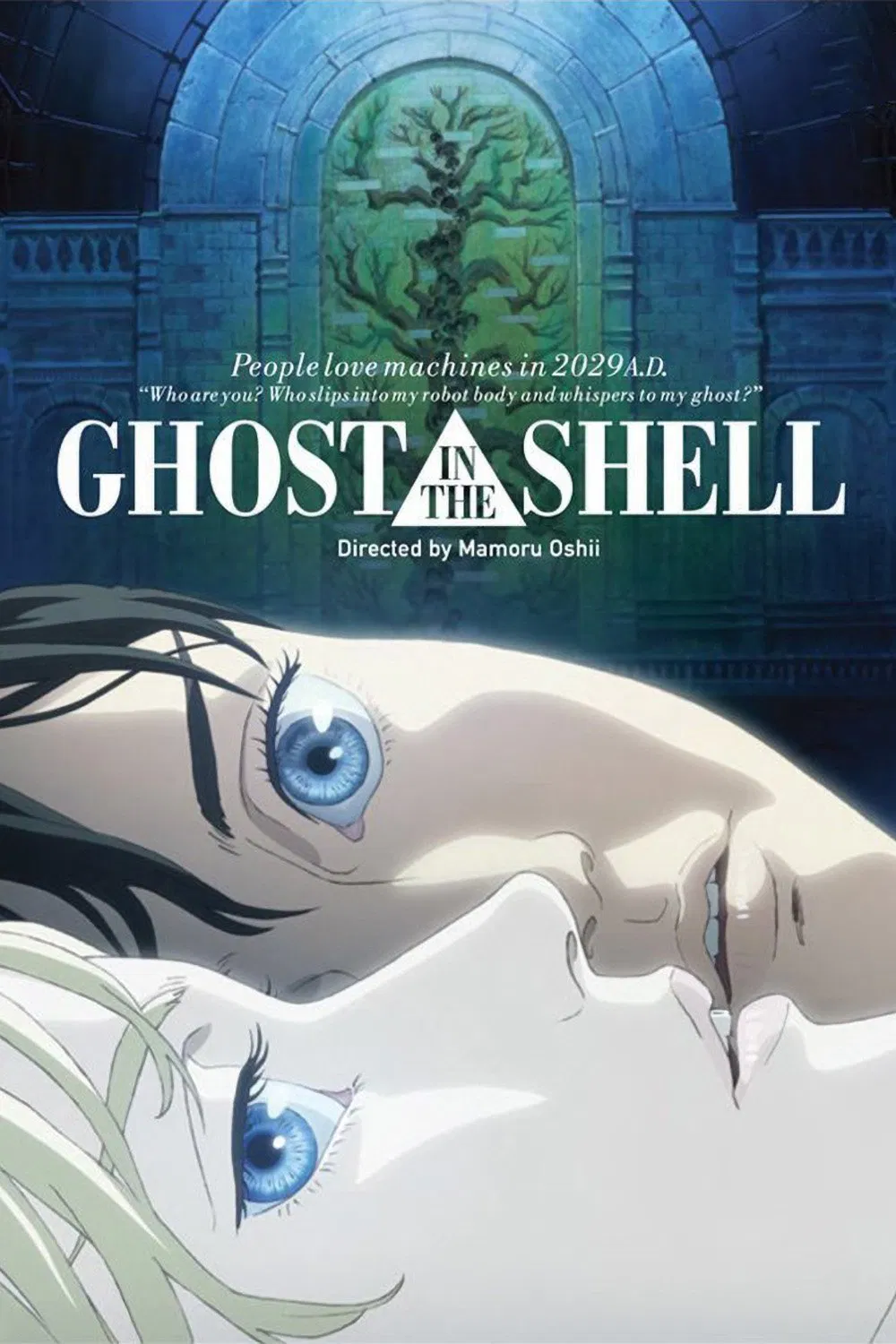
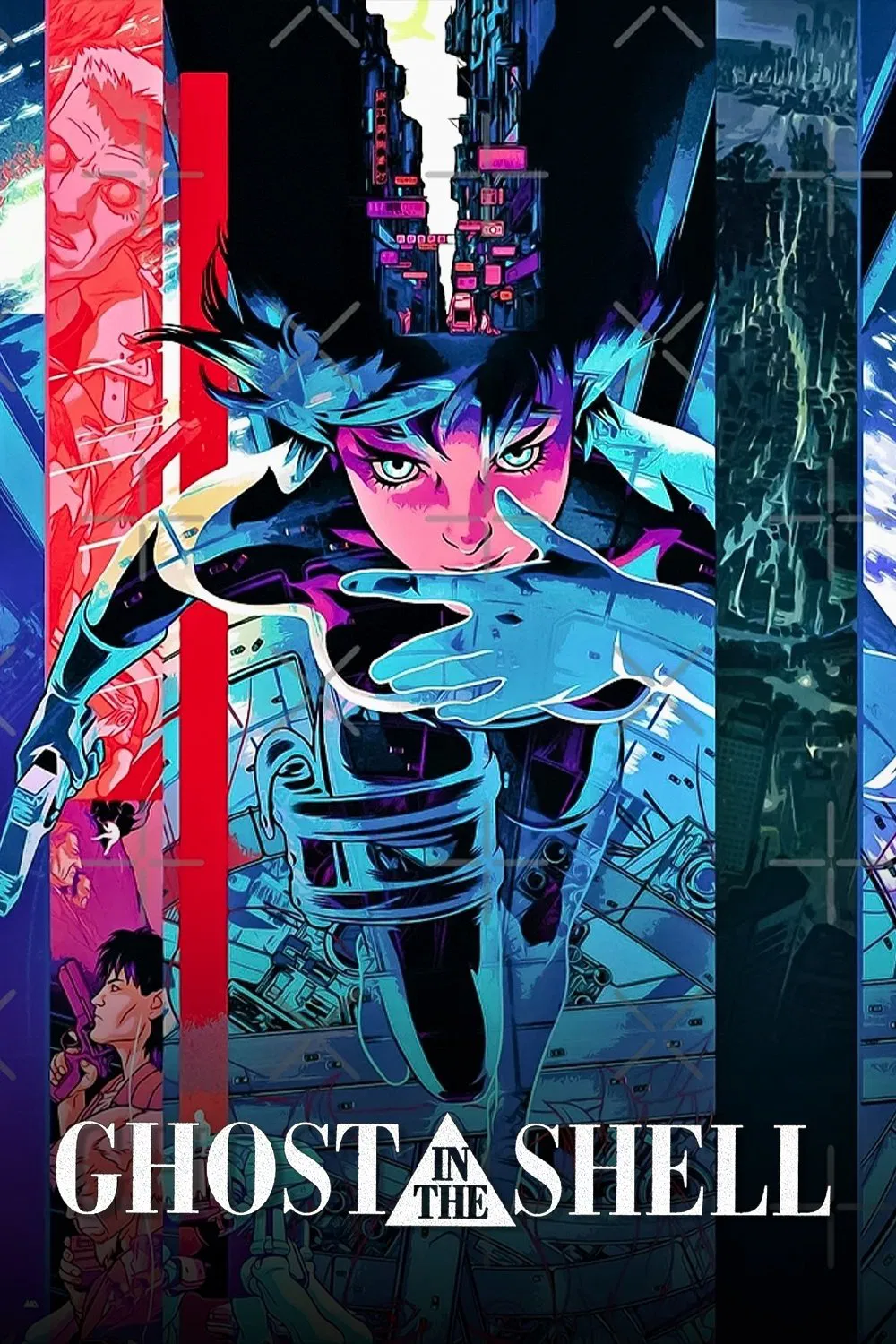
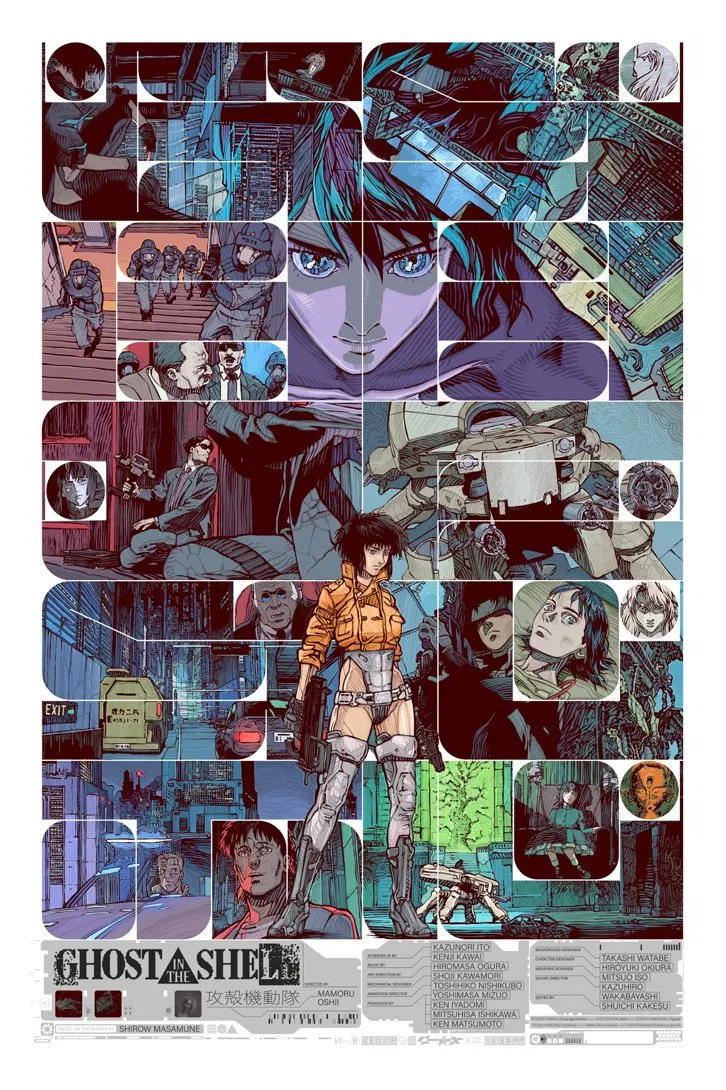
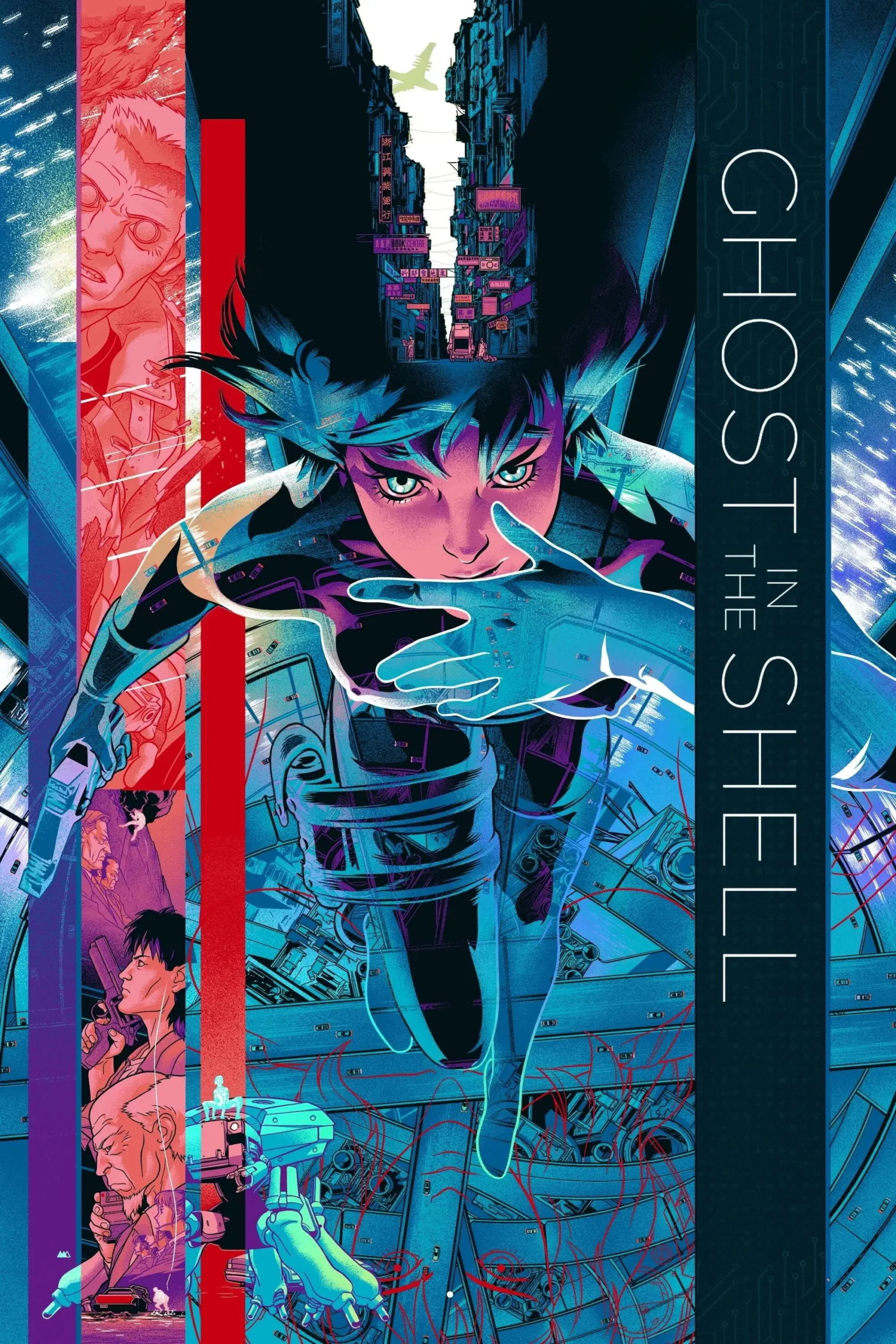
What Sets Ghost in the Shell Apart
It’s Older, But Feels More Futuristic
Despite debuting in 1995, its vision of a networked, post-human world still feels ahead of today.
Philosophy Over Plot
It dares to pause for questions that have no clean answers, trusting the viewer’s patience.
Action with Texture
Every fight — from the alley chase to the tank battle — is a fusion of choreography and mood.
Influence Without Imitation
Yes, it inspired The Matrix, but its style and pacing remain distinct and irreplaceable.
Enduring Cultural Echo
From anime series to philosophical think-pieces, its themes keep rippling through sci-fi discourse.

